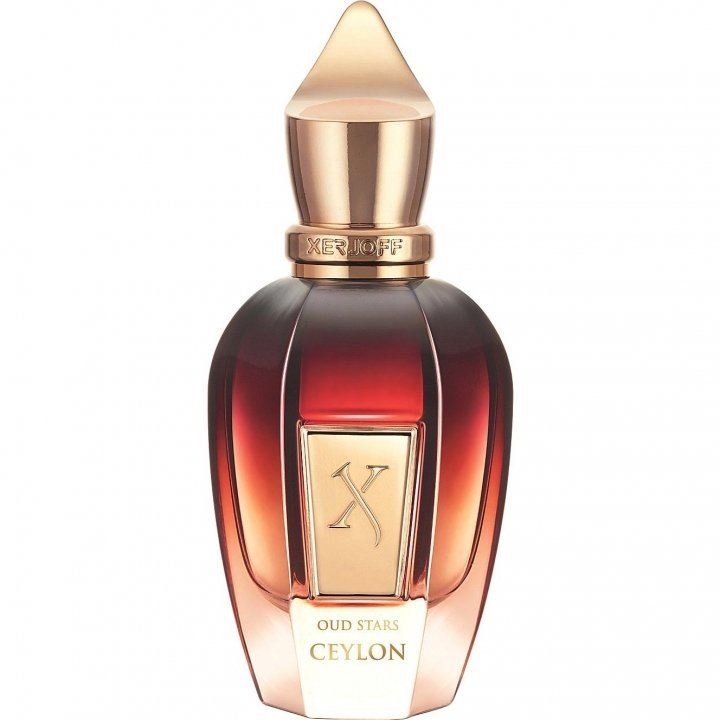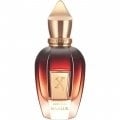10
Very helpful Review
Translated
Show original
You think the stories about cheese feet and cowsheds are true? I'm sorry to disappoint you, but they are fictitious.
Who hasn't heard them, the relevant statements. But who is wrong and is Mamluk actually the better Ceylon in the end? Let's try to find out.
First of all, I would like to say right away that noses are definitely different and depending on how experienced you are in the field of "Orientals not tailored for the Western market", there can actually be huge differences of opinion here. But to come back to the admittedly bold title, I would just like to say that I cannot associate or interpret anything of the sort, although I do understand what some people here probably perceive as "strict" notes. At the same time, I would also like to allay the fears of all those who may not have dared to try this oriental in the first place. In my opinion, the only thing that is probably really shocking here is the price...
But joking aside. If the fragrance is really too extreme for you, there may be a more tolerable alternative. And even from the same company. This is, of course, Mamluk, also from the Oud Stars range of the same name and is therefore often compared to Ceylon, and not without good reason. At the same time, I would also like to refer you to my review of Mamluk.
A brief summary of the most important points:
A dominant honey note spreads immediately in the opening. In Ceylon, this is striking and not very sweet, as it starts at the same time as sour-animalic notes. These are mainly formed from the oud-musk mix and are somewhat intensified by the acidity of the bergamot. The musk itself is somewhat pungent here compared to Mamluk and is clearly on the animalic and less on the clean-clean side. Malay oud, when really used, is known to have rough edges. Of course, I am not referring to the edges of the eaglewood chips, but to the somewhat unrounded and distinctive fragrance character. In any case, this also provides a certain depth and a slightly dark touch. Although the fragrance is actually named after Ceylon tea, it must be clearly stated that this is subordinate to the honey throughout. As the fragrance progresses, dry spices are increasingly added. Definitely cinnamon. Perhaps even Ceylon cinnamon, as in Xerjoff's Luxor, for example. This is followed by soft woods and a sweet-tart aromatic black tea aroma. In combination, this makes Ceylon very dense and creates a wonderful warmth on the skin. After a few hours, a slightly sweet-balsamic base develops, which nevertheless remains edgy and spicy for a long time before rounding off. What remains is a sweet-spicy honey vanilla with still a clear musk. Interestingly, Ceylon is actually somewhat sweeter and less earthy than Mamluk in the drydown.
Overall, I would describe Ceylon as the somewhat louder, edgier, but above all spicier and therefore more masculine version of Mamluk. Ceylon is definitely recommended for those who not only like to make a splash with fragrances, but also when spending money. If you are looking for a more balanced and finely tuned fragrance with more floral notes and significantly fewer animalic hints, you should consider Mamluk.
Both really great honey-based Orientals - one more elegant, the other wilder.
First of all, I would like to say right away that noses are definitely different and depending on how experienced you are in the field of "Orientals not tailored for the Western market", there can actually be huge differences of opinion here. But to come back to the admittedly bold title, I would just like to say that I cannot associate or interpret anything of the sort, although I do understand what some people here probably perceive as "strict" notes. At the same time, I would also like to allay the fears of all those who may not have dared to try this oriental in the first place. In my opinion, the only thing that is probably really shocking here is the price...
But joking aside. If the fragrance is really too extreme for you, there may be a more tolerable alternative. And even from the same company. This is, of course, Mamluk, also from the Oud Stars range of the same name and is therefore often compared to Ceylon, and not without good reason. At the same time, I would also like to refer you to my review of Mamluk.
A brief summary of the most important points:
A dominant honey note spreads immediately in the opening. In Ceylon, this is striking and not very sweet, as it starts at the same time as sour-animalic notes. These are mainly formed from the oud-musk mix and are somewhat intensified by the acidity of the bergamot. The musk itself is somewhat pungent here compared to Mamluk and is clearly on the animalic and less on the clean-clean side. Malay oud, when really used, is known to have rough edges. Of course, I am not referring to the edges of the eaglewood chips, but to the somewhat unrounded and distinctive fragrance character. In any case, this also provides a certain depth and a slightly dark touch. Although the fragrance is actually named after Ceylon tea, it must be clearly stated that this is subordinate to the honey throughout. As the fragrance progresses, dry spices are increasingly added. Definitely cinnamon. Perhaps even Ceylon cinnamon, as in Xerjoff's Luxor, for example. This is followed by soft woods and a sweet-tart aromatic black tea aroma. In combination, this makes Ceylon very dense and creates a wonderful warmth on the skin. After a few hours, a slightly sweet-balsamic base develops, which nevertheless remains edgy and spicy for a long time before rounding off. What remains is a sweet-spicy honey vanilla with still a clear musk. Interestingly, Ceylon is actually somewhat sweeter and less earthy than Mamluk in the drydown.
Overall, I would describe Ceylon as the somewhat louder, edgier, but above all spicier and therefore more masculine version of Mamluk. Ceylon is definitely recommended for those who not only like to make a splash with fragrances, but also when spending money. If you are looking for a more balanced and finely tuned fragrance with more floral notes and significantly fewer animalic hints, you should consider Mamluk.
Both really great honey-based Orientals - one more elegant, the other wilder.
2 Comments
Latest Reviews
 NeonNoir 4 months ago
NeonNoir 4 months ago
Better Laotian than chaotic? Mamluk or Ceylon?
Admittedly, the headline may seem a little bold. But the fact is, both are "honey" oud stars and are actually the most similar of all within the line. So it's not surprising why these two fragrances are so often compared....
Translated



